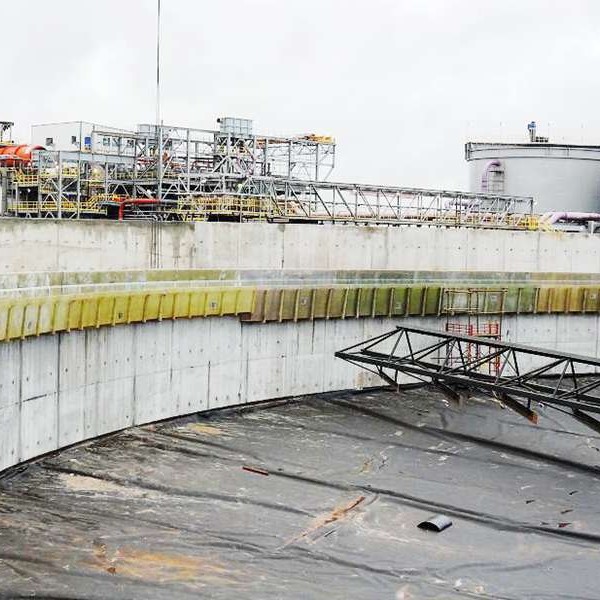
-
 Afrikaans
Afrikaans -
 Albanian
Albanian -
 Amharic
Amharic -
 Arabic
Arabic -
 Armenian
Armenian -
 Azerbaijani
Azerbaijani -
 Basque
Basque -
 Belarusian
Belarusian -
 Bengali
Bengali -
 Bosnian
Bosnian -
 Bulgarian
Bulgarian -
 Catalan
Catalan -
 Cebuano
Cebuano -
 China
China -
 China (Taiwan)
China (Taiwan) -
 Corsican
Corsican -
 Croatian
Croatian -
 Czech
Czech -
 Danish
Danish -
 Dutch
Dutch -
 English
English -
 Esperanto
Esperanto -
 Estonian
Estonian -
 Finnish
Finnish -
 French
French -
 Frisian
Frisian -
 Galician
Galician -
 Georgian
Georgian -
 German
German -
 Greek
Greek -
 Gujarati
Gujarati -
 Haitian Creole
Haitian Creole -
 hausa
hausa -
 hawaiian
hawaiian -
 Hebrew
Hebrew -
 Hindi
Hindi -
 Miao
Miao -
 Hungarian
Hungarian -
 Icelandic
Icelandic -
 igbo
igbo -
 Indonesian
Indonesian -
 irish
irish -
 Italian
Italian -
 Japanese
Japanese -
 Javanese
Javanese -
 Kannada
Kannada -
 kazakh
kazakh -
 Khmer
Khmer -
 Rwandese
Rwandese -
 Korean
Korean -
 Kurdish
Kurdish -
 Kyrgyz
Kyrgyz -
 Lao
Lao -
 Latin
Latin -
 Latvian
Latvian -
 Lithuanian
Lithuanian -
 Luxembourgish
Luxembourgish -
 Macedonian
Macedonian -
 Malgashi
Malgashi -
 Malay
Malay -
 Malayalam
Malayalam -
 Maltese
Maltese -
 Maori
Maori -
 Marathi
Marathi -
 Mongolian
Mongolian -
 Myanmar
Myanmar -
 Nepali
Nepali -
 Norwegian
Norwegian -
 Norwegian
Norwegian -
 Occitan
Occitan -
 Pashto
Pashto -
 Persian
Persian -
 Polish
Polish -
 Portuguese
Portuguese -
 Punjabi
Punjabi -
 Romanian
Romanian -
 Russian
Russian -
 Samoan
Samoan -
 Scottish Gaelic
Scottish Gaelic -
 Serbian
Serbian -
 Sesotho
Sesotho -
 Shona
Shona -
 Sindhi
Sindhi -
 Sinhala
Sinhala -
 Slovak
Slovak -
 Slovenian
Slovenian -
 Somali
Somali -
 Spanish
Spanish -
 Sundanese
Sundanese -
 Swahili
Swahili -
 Swedish
Swedish -
 Tagalog
Tagalog -
 Tajik
Tajik -
 Tamil
Tamil -
 Tatar
Tatar -
 Telugu
Telugu -
 Thai
Thai -
 Turkish
Turkish -
 Turkmen
Turkmen -
 Ukrainian
Ukrainian -
 Urdu
Urdu -
 Uighur
Uighur -
 Uzbek
Uzbek -
 Vietnamese
Vietnamese -
 Welsh
Welsh -
 Bantu
Bantu -
 Yiddish
Yiddish -
 Yoruba
Yoruba -
 Zulu
Zulu
Durable and Lightweight Fiberglass Shell for Various Applications and Uses
The Versatility and Applications of Fiberglass Shells
Fiberglass, also known as glass-reinforced plastic (GRP), has become an incredibly popular material in various industries due to its excellent strength-to-weight ratio, durability, and resistance to environmental factors. One of the most prominent forms of fiberglass is the fiberglass shell, which has a multitude of applications ranging from automotive to marine industries, and even in architectural design.
A fiberglass shell is a structure created by layering fiberglass resin over a mold, resulting in a strong and lightweight exterior. The manufacturing process typically involves combining glass fibers with resin, allowing it to harden into a solid form. The resultant product is non-corrosive, making it suitable for a range of applications where exposure to moisture or chemicals may occur.
One of the most notable applications of fiberglass shells is in the automotive industry. Fiberglass has been used for decades to create lightweight body panels, hoods, and even entire car bodies. Its lightweight nature improves fuel efficiency by reducing overall vehicle weight while maintaining strength and rigidity. Additionally, fiberglass allows for intricate designs and shapes that would be difficult to achieve with traditional metal components.
In the marine industry, fiberglass shells are a common choice for boat hulls and other parts. Boats constructed from fiberglass are not only lighter than those made from wood or metal, but they are also more resistant to rot, rust, and other forms of degradation caused by prolonged exposure to water. This durability makes fiberglass shells particularly appealing for recreational and commercial boats alike, as maintenance costs can be considerably lower over the lifespan of the vessel.
fiberglass shell

Architecturally, fiberglass shells have found a place in modern construction. Their ability to be molded into various shapes allows for innovative designs that are both functional and aesthetically pleasing. From curved roofs to building facades, fiberglass shells can create stunning visual effects, enhancing the overall appearance of structures. Moreover, these shells can provide insulation, energy efficiency, and weather resistance, making them an attractive option for builders and architects alike.
Another exciting area of application for fiberglass shells is in the realm of renewable energy. In the production of wind turbine blades, fiberglass is often used due to its lightweight and high-strength properties. The use of fiberglass in this context contributes to the overall efficiency and energy generation capacity of wind power, which is pivotal in our transition towards more sustainable energy sources.
In recent years, advancements in technology have also led to the development of new fiberglass materials that enhance performance, such as flame-retardant or UV-resistant variations. These innovations expand the scope of applications and open new markets for fiberglass shells.
In conclusion, the versatility of fiberglass shells makes them invaluable across multiple industries. Their lightweight nature, coupled with exceptional durability and resistance to environmental factors, positions fiberglass as a material of choice for innovation and design. As we continue to seek sustainable and efficient solutions, the importance of fiberglass shells is undoubtedly set to grow.
Latest news
-
Exploring the Benefits of Top Hammer Drifter Rods for Enhanced Drilling PerformanceNewsJun.10,2025
-
High-Precision Fiberglass Winding Machine for GRP/FRP Pipe Production – Reliable & Efficient SolutionsNewsJun.10,2025
-
FRP Pipes & Fittings for Shipbuilding - Corrosion-Resistant & LightweightNewsJun.09,2025
-
Premium FRP Flooring Solutions Durable & Slip-ResistantNewsJun.09,2025
-
Premium Fiberglass Rectangular Tanks Durable & Lightweight SolutionNewsJun.09,2025
-
Tapered Drill String Design Guide Durable Performance & UsesNewsJun.09,2025









